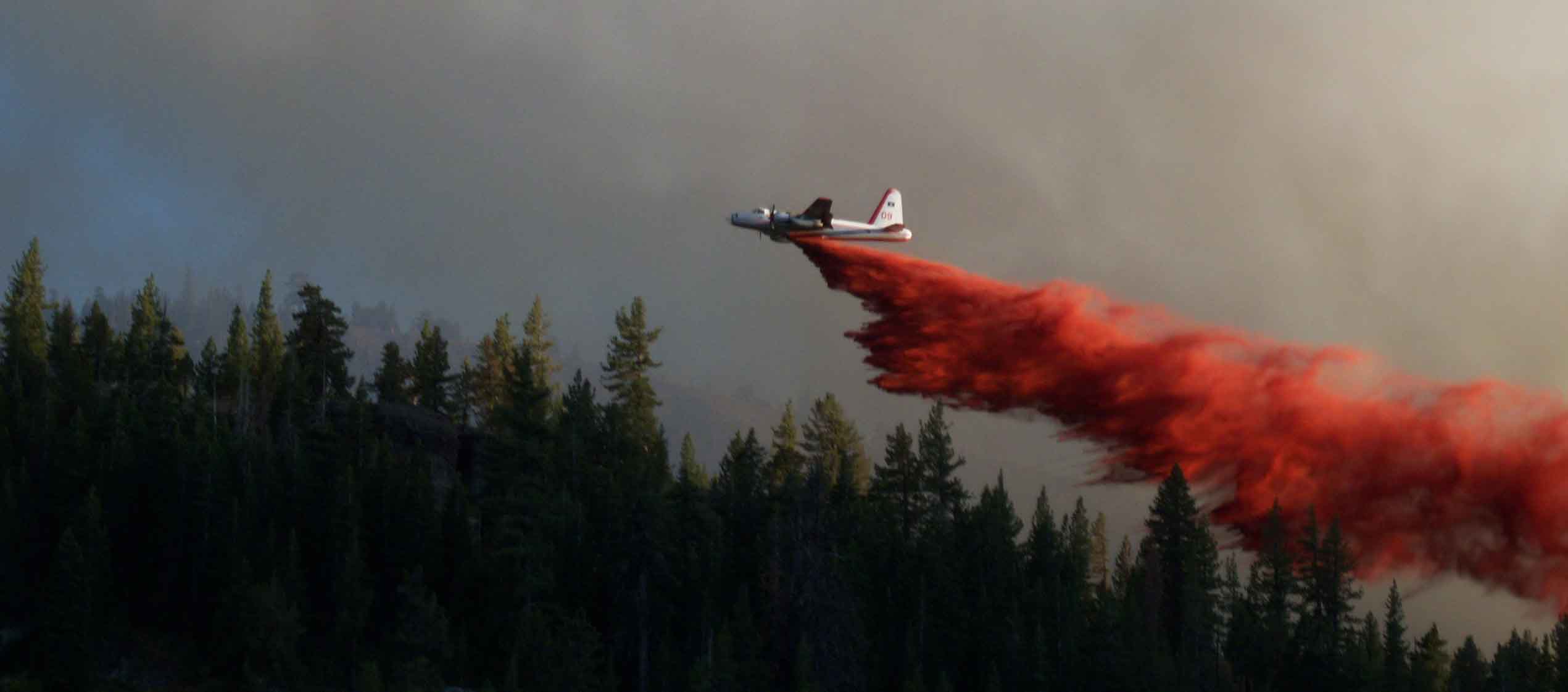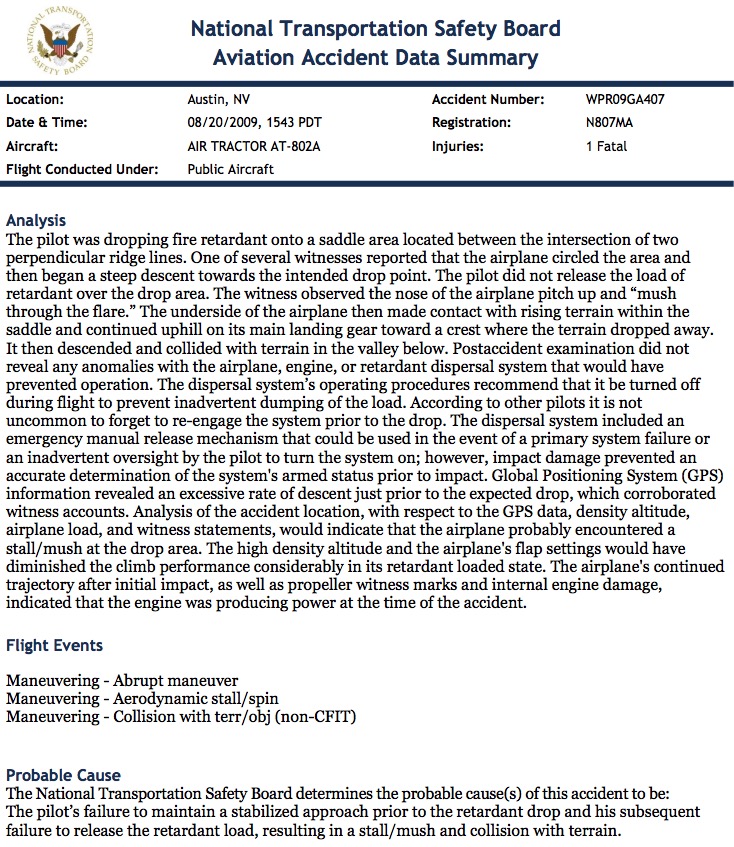
UPDATE July 4, 2012: HERE is a link to the NTSB’s final report. Below is an excerpt from the summary:
===================
The factual report that the National Transportation Safety Board (NTSB) released on December 28 about the crash of Tanker 09 on September 1, 2008 does not have any surprises. Witnesses had reported that the left turbojet engine on the P2V was on fire during takeoff from Reno. The report confirms there was a compressor disc failure in that engine.
Here are some excerpts from the report:
The airplane is powered by two radial, 18 cylinder, aircooled, Curtiss Wright R3350-32WA engines, rated at 2,800 horsepower, driving Hamilton Standard hydromatic propellers, and two auxiliary Westinghouse J34-WE-36 turbojet engines, each rated at 1,500 pounds of thrust. The turbojet engines were installed to improve takeoff characteristics at increased gross weights and to furnish additional power when required.
[…]
The airplane’s left outboard engine (position #1) was a Westinghouse J34-WE-36 turbojet engine, serial number 211235. Total time on the engine was 703.4 hours, 384.4 hours since overhaul, and 64 hours since its last inspection.
[…]
The engine originally had been in service with the United States Navy, and at the time of its initial civilian installation on a Black Hills Aviation P2V on May 16, 1986, it had accrued 458.7 hours since new, and 128.4 hours since overhaul.
[…]
After in-depth inspection and analysis, it was determined that the 11th stage compressor disc had failed near the transition radius between the disc web and the bolting ring. This engine was manufactured by Westinghouse, identified as model J34-WE-36, serial number 211235.
[…]
The airplane’s left outboard engine, serial number 211235, was located about 580 feet from the IIP on a measured magnetic heading of 239 degrees. A visual examination at the wreckage site revealed that the engine’s compressor section had separated prior to impact.
Three aerial firefighters were killed in the crash: Pilots Gene Wahlstrom and Greg Gonsioroski, and mechanic Zachary Vander Griend. Mr. Wahlstrom was the chief pilot for Neptune Aviation, and it was Mr. Vander Griend’s first flight in a P2V.
The NTSB has not released a factual report on the other crash of a Neptune Aviation P2V, Tanker 42, which occurred on April 25, 2009 near Toole, Utah killing three crew members. Their final report can be found HERE.




